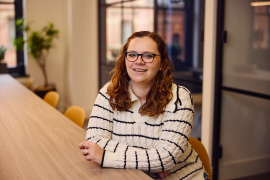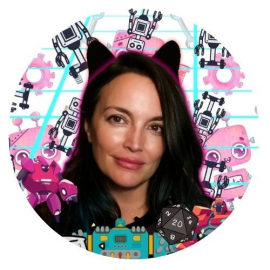How To Get Backlinks For Free: Creative Link Building Strategies That Cost $0

25 February
Guest: Jabez Reuben
Founder Linkvalidator.io, Theblueprints.co & Linkbuildingmastery.com
What You’ll Learn
Building high-quality backlinks doesn’t have to cost a fortune. In this guide, Jabez Reuben shares free creative link building strategies—including image outreach, brand mentions, and testimonials—so you can earn powerful links without spending a dime.
Key Takeaways:
- You don’t need a big budget to build powerful backlinks – Creative link building strategies allow you to earn links for free.
- Image outreach is a scalable, free link-building method – Publish images on free platforms, track where they are used, and claim backlinks at no cost.
- Brand mentions are untapped, free link opportunities – Many websites mention your brand but don’t link—just ask them!
- Testimonials help you secure homepage links for free – Companies love featuring testimonials, making this an easy way to earn high-authority backlinks.
- The best free link-building strategy is a mix of these methods – Combining image outreach, brand mentions, and testimonials creates a sustainable, cost-free approach to earning links.



